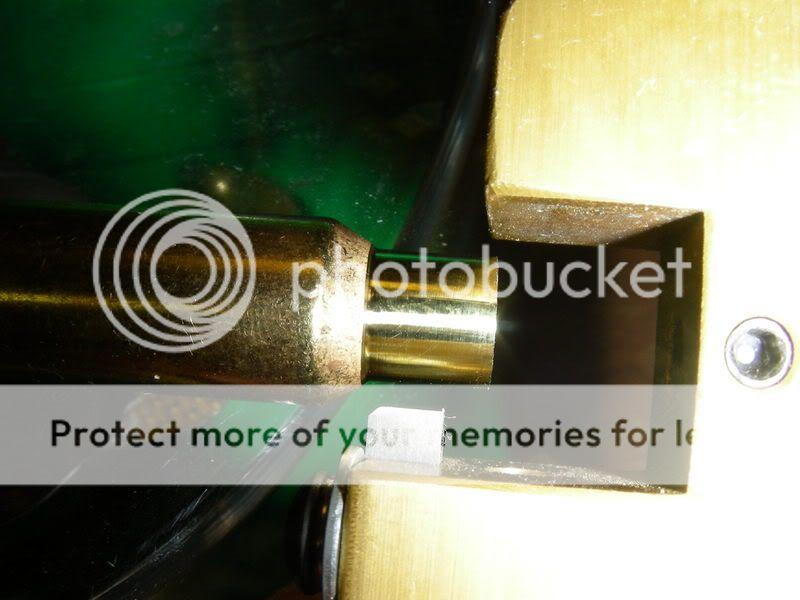loaders_loft
Well-Known Member
I have ordered an outside neck turning tool for my 7 wsm brass. I've seen from multiple sources that the uniformity of this brass can greatly benefit from neck turning.
Before I screw up any brass, I've got a few questions.
When is the best time to turn the necks - after FL resizing brand new brass, or after partial FL resizing once fired brass? I've got 100 pcs of brand new brass that needs to be prepped. I'm thinking, right after FL resizing, before any other prep work.
Also, is there any benefit to neck turning my previously fired brass I've been shooting (mulitple reloads), or is it too late for that now?
How close to the neck-shoulder interface should I turn the necks?
My normal process on fired 7 wsm brass is:
tumble
partial FL resize, no bump (simultaneously deprime)
wipe off case lube
measure oal and check proper chambering
trim all alike if required on any
if trimmed, ID/OD chamfer & steel wool polish mouth (Thanks Varmint Al)
primer pocket brush
neck brush
prime
load powder, seat & check proper chambering
lightbulbAlong the same lines, - when in this process is the best time to anneal my previously fired brass? I'm thinking, right after tumbling, with a repeat tumbling after annealing. Please advise.
Thanks in advance!
L_L
Before I screw up any brass, I've got a few questions.
When is the best time to turn the necks - after FL resizing brand new brass, or after partial FL resizing once fired brass? I've got 100 pcs of brand new brass that needs to be prepped. I'm thinking, right after FL resizing, before any other prep work.
Also, is there any benefit to neck turning my previously fired brass I've been shooting (mulitple reloads), or is it too late for that now?
How close to the neck-shoulder interface should I turn the necks?
My normal process on fired 7 wsm brass is:
tumble
partial FL resize, no bump (simultaneously deprime)
wipe off case lube
measure oal and check proper chambering
trim all alike if required on any
if trimmed, ID/OD chamfer & steel wool polish mouth (Thanks Varmint Al)
primer pocket brush
neck brush
prime
load powder, seat & check proper chambering
lightbulbAlong the same lines, - when in this process is the best time to anneal my previously fired brass? I'm thinking, right after tumbling, with a repeat tumbling after annealing. Please advise.
Thanks in advance!
L_L

